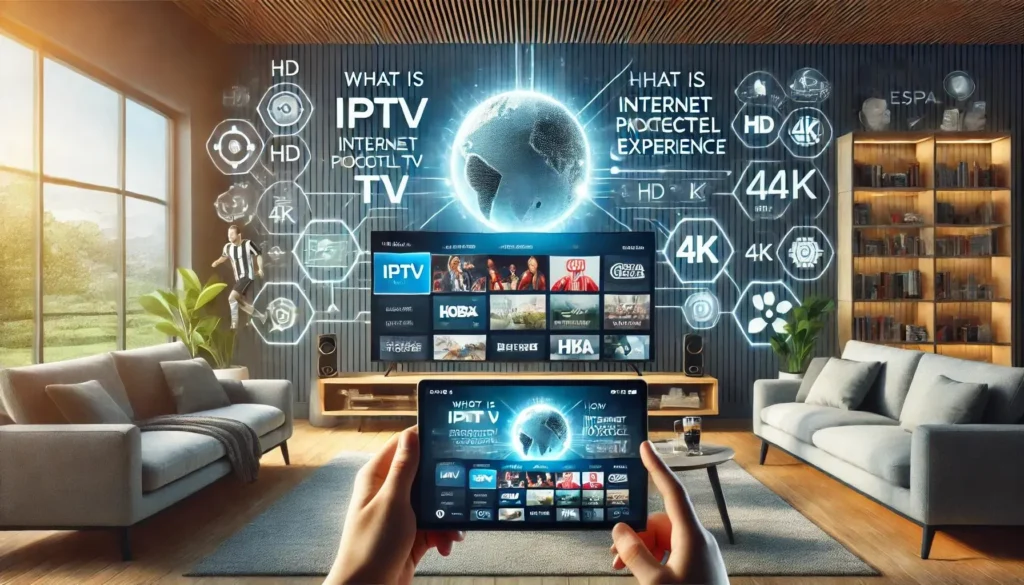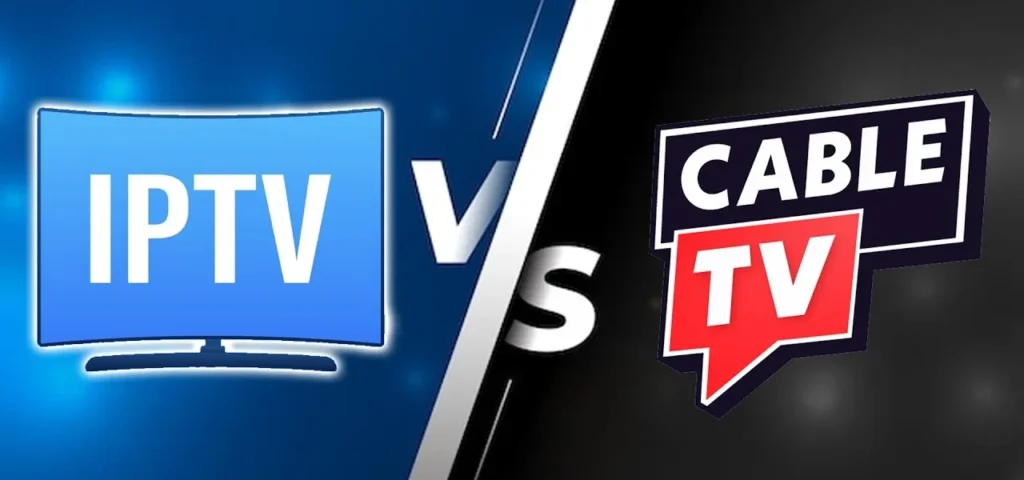The difference between IPTV (Internet Protocol Television) and traditional broadcasting lies in how content is delivered and consumed, shaping the viewer’s experience significantly.
Delivery Method
IPTV utilizes internet protocols to deliver television content over a broadband connection. This means that instead of receiving signals through traditional satellite dishes or antennas, IPTV streams content directly to a user’s device via the Internet. It can be accessed on various devices, including smart TVs, computers, tablets, and smartphones, making it highly versatile.
Traditional broadcasting, on the other hand, relies on terrestrial, satellite, or cable signals to transmit content. Viewers typically require a cable subscription or a satellite dish to access programming. This method can limit accessibility to certain regions, especially in areas with poor reception or limited infrastructure.
Content Access
With IPTV, users can enjoy a wide range of on-demand content, including movies, series, and live broadcasts. This flexibility allows viewers to watch shows at their convenience, pause live television, or even rewind and replay content. Additionally, many IPTV services offer interactive features, allowing users to customize their viewing experience.
In contrast, traditional broadcasting is generally scheduled. Viewers must tune in at specific times to catch their favorite shows, which can be inconvenient. While some cable providers offer on-demand services, the content selection may not be as extensive as what IPTV provides.
Quality and Reliability
IPTV often provides higher quality streams compared to traditional broadcasting, depending on the internet connection. Users can experience high-definition (HD) and even 4K content without the need for additional hardware. However, the quality is directly influenced by the stability and speed of the internet connection. A poor connection can lead to buffering or loss of quality.
Traditional broadcasting usually offers a consistent quality as it doesn’t rely on internet bandwidth. The signal quality remains stable unless affected by external factors like weather or physical obstructions. However, traditional broadcasts may not always support HD or 4K formats without additional equipment.
Cost
When it comes to cost, IPTV services can often be more economical. Many IPTV providers offer flexible subscription models, allowing users to choose packages that suit their viewing habits without being locked into long contracts. Additionally, many services offer competitive pricing compared to traditional cable packages.
Traditional broadcasting typically comes with higher costs associated with cable or satellite subscriptions, installation fees, and equipment rentals. While there are free-to-air options available, they may not offer the same range of channels or features as paid IPTV services.
Conclusion
In summary, IPTV and traditional broadcasting present distinct advantages and disadvantages. IPTV offers greater flexibility, a wide range of content, and often a better viewing experience, while traditional broadcasting provides a stable and consistent quality. The choice between the two ultimately depends on individual viewing preferences, budget, and the availability of high-speed internet. As technology evolves, IPTV is becoming an increasingly popular choice for modern viewers seeking a customizable and on-demand entertainment experience.



2 thoughts on “IPTV vs. Traditional Broadcasting: The Future of Media Consumption”
Comments are closed.